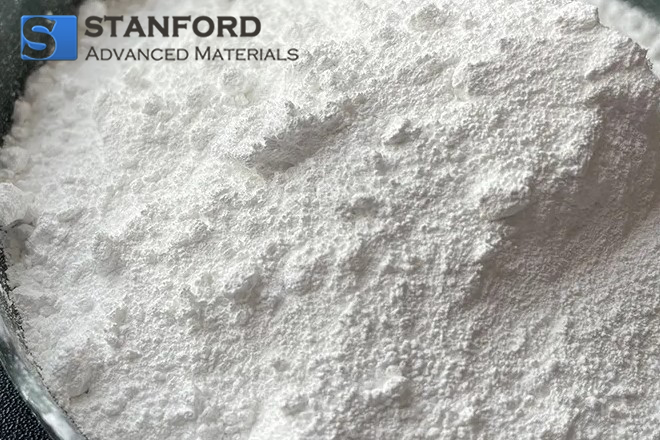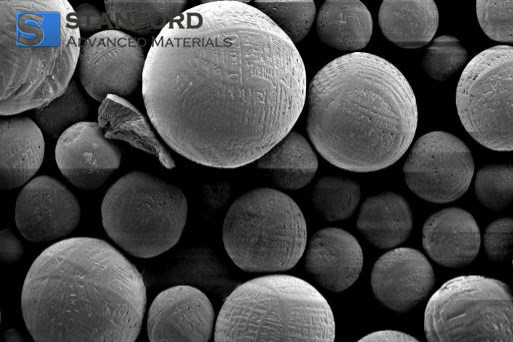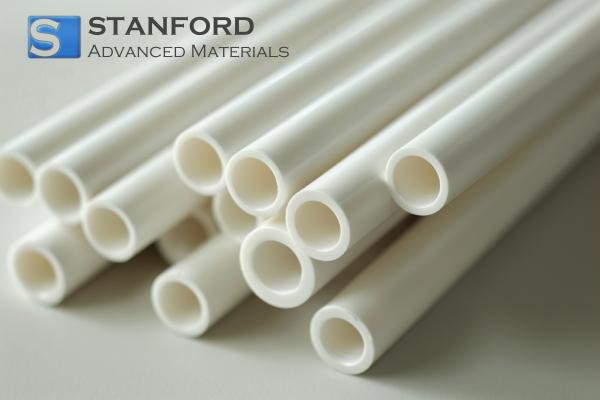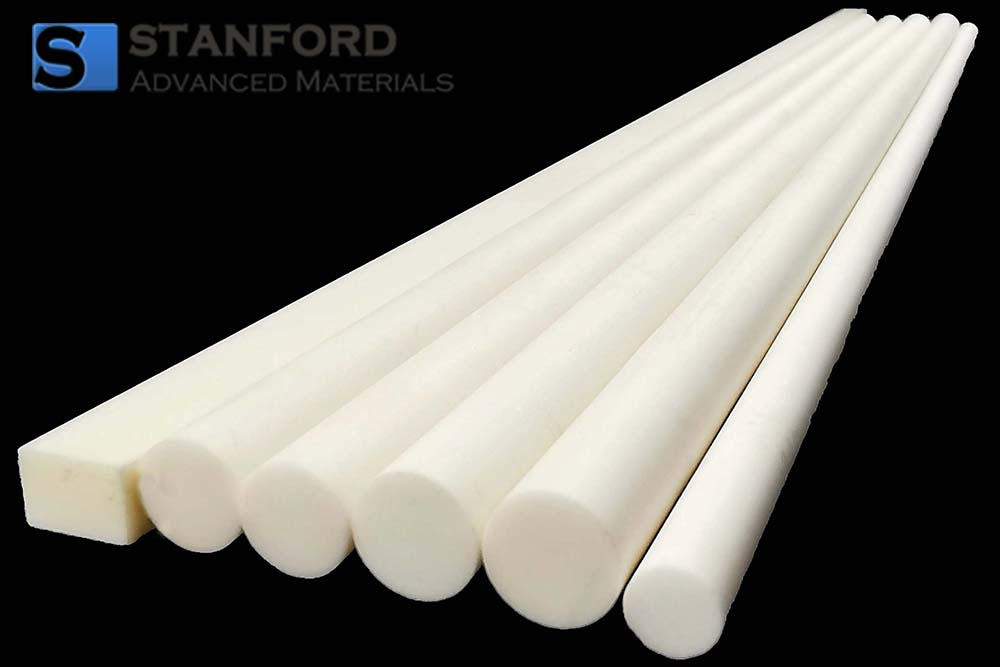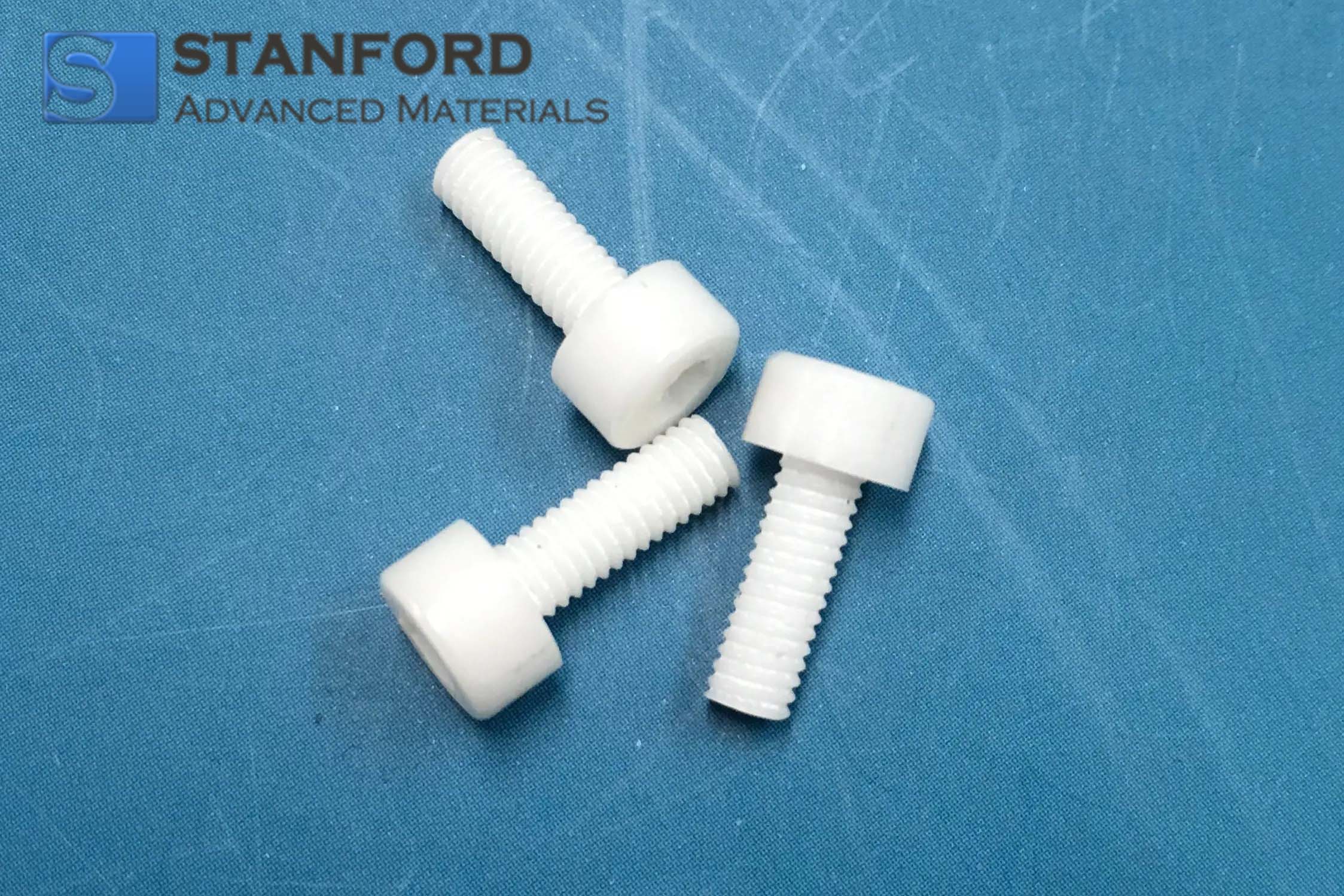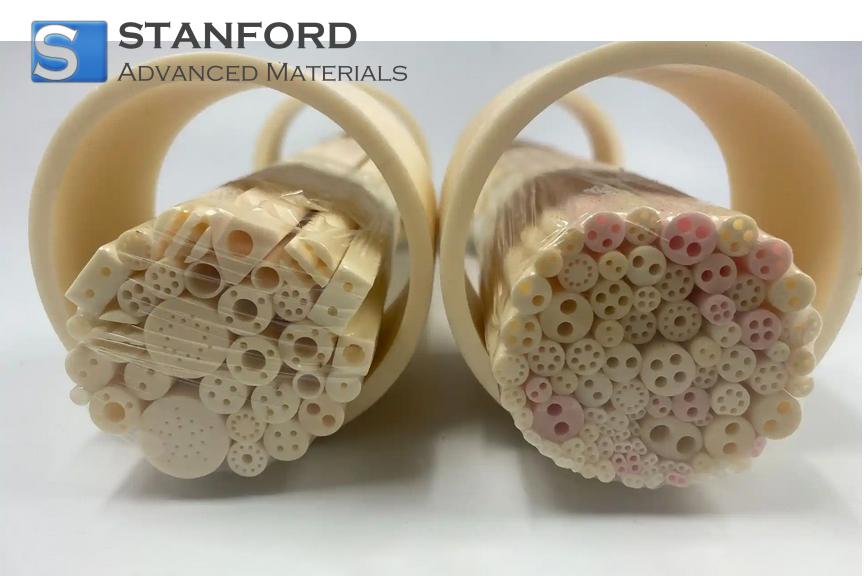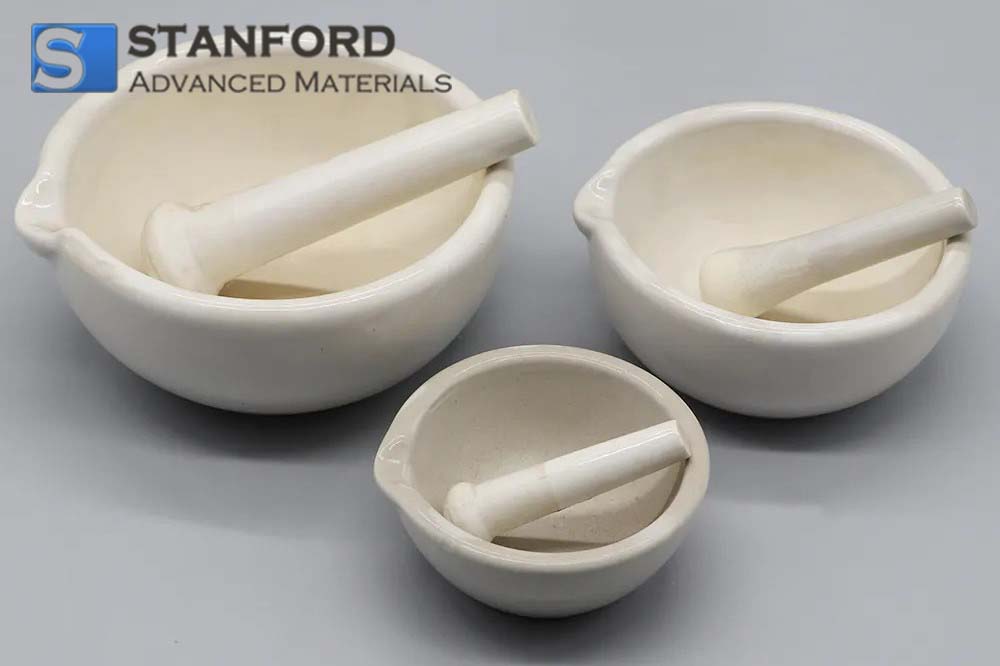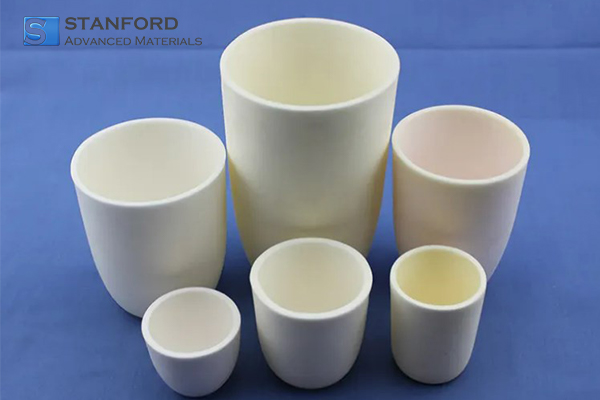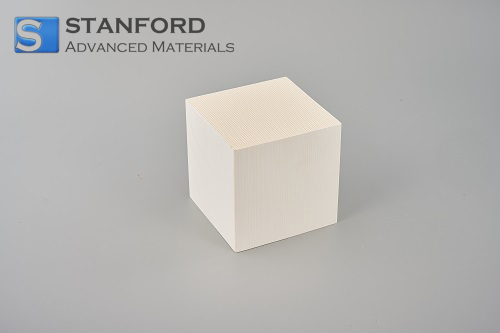Spherical Alumina Powder Description
Spherical Alumina Powder (Narrow Particle Size Distribution) is manufactured through the high-temperature melting-sphere-jet method, followed by sieving, purification, and additional processes to achieve the final product. It demonstrates a high spheroidization rate, optimal filling ratio, excellent thermal conductivity, and a narrow particle size distribution. Leveraging its unique and exceptional physicochemical properties, Spherical Alumina Powder finds extensive applications in epoxy molding compounds, thermal interface materials, thermal plastics, and thermal clads.
Spherical Alumina Powder Specifications
|
Item
|
Unit
|
SSAC-5-25C
|
SSAC-30-75C
|
SSAC-70-120C
|
|
Particle Size
|
D10
|
μm
|
1.92
|
18.32
|
49.9
|
|
D50
|
μm
|
5.07
|
32.1
|
75.34
|
|
D90
|
μm
|
8.89
|
63.12
|
109.3
|
|
Specific Surface Area
|
m2/g
|
0.38
|
0.09
|
0.06
|
|
Electric Conductivity
|
μS/cm
|
2.64
|
3.77
|
5.31
|
|
pH Value
|
-
|
6.79
|
7.05
|
6.97
|
|
Moisture
|
%
|
0.03
|
0.03
|
0.02
|
|
True Density
|
g/cm3
|
3.7
|
3.8
|
3.79
|
|
Spheroidization rate
|
%
|
96
|
96
|
95
|
|
Chemical Composition
|
Al2O3
|
%
|
99.93
|
99.94
|
99.95
|
|
SiO2
|
ppm
|
430
|
340
|
250
|
|
Fe2O3
|
ppm
|
180
|
150
|
160
|
|
Na2O
|
ppm
|
90
|
110
|
90
|
|
Sieved Particles
|
ppm
|
+325 Mesh
(45μm) ≤100
+500 Mesh
(25μm) ≤4000
|
+150 Mesh
(100μm) ≤100
+200 Mesh
(75μm) ≤3000
|
+120 Mesh
(124μm) ≤100
+130 Mesh
(110μm) ≤3000
|
For Specifications of other types, please click here.
Spherical Alumina Powder Applications
1. Fillers and enhancers: Spherical alumina powders are commonly used as fillers or enhancers to improve the mechanical properties and wear resistance of materials. They can be added to plastics, rubbers, and composites to enhance strength, hardness, and durability.
2. Ceramic Manufacturing: Spherical alumina powders are used in ceramic manufacturing, including as glazes and ceramic raw materials. Their uniform particle size and high-purity properties help produce high-quality ceramic products such as tiles, ceramic fittings, and refractory products.
3. Abrasives and Grinding: Due to their uniform spherical particle size and excellent abrasion resistance, spherical alumina powders are widely used in abrasive and grinding applications. They are used in the manufacture of grinding wheels, sandpaper, and polishing compounds, providing efficient surface preparation and precision machining capabilities.
4. Catalyst Support: Spherical alumina powders are used as catalyst carriers in a variety of chemical reactions and industrial processes. They provide high surface area and chemical inertness, contributing to catalytic efficiency and stability.
5. Electronic Materials: In the electronics industry, spherical alumina powders are used as a key component of electronic encapsulants, dielectrics, and insulating materials. They offer excellent electrical insulation properties and high-temperature resistance for the manufacture and maintenance of electronic equipment.
6. Paints and coatings: Spherical alumina powders are used as functional additives in a variety of paints and coatings to enhance the hardness, abrasion, and corrosion resistance of the coating. They are widely used in surface protection and decorative coatings for automotive, aerospace, and industrial equipment.
7. Paints and inks: Due to their excellent flowability and dispersibility, spherical alumina powders are used as fillers and pigments in paints, inks, and printing inks. They improve the color stability and coverage of products.
8. Cosmetics: In cosmetics and personal care products, spherical alumina powders are used as fillers and oil absorbents, helping to improve the texture, stability, and oil-absorbing capacity of products.
Spherical Alumina Powder Packaging
Our Spherical Alumina Powder is carefully handled during storage and transportation to preserve the quality of our product in its original condition.
Spherical Alumina Powder FAQs
Q1: How does spherical alumina powder improve thermal conductivity in materials?
A: The high thermal conductivity of alumina helps dissipate heat effectively. Its spherical shape ensures uniform distribution and minimizes voids in composite materials, leading to enhanced thermal management.
Q2: How is spherical alumina powder produced?
A: It is typically produced through methods such as spray drying, flame synthesis, or plasma processing. These methods help achieve the desired spherical shape and high purity.
Q3: What particle sizes are available for spherical alumina powder?
A: Spherical alumina powder is available in various particle sizes, ranging from nanometers to micrometers, depending on the specific application requirements.

